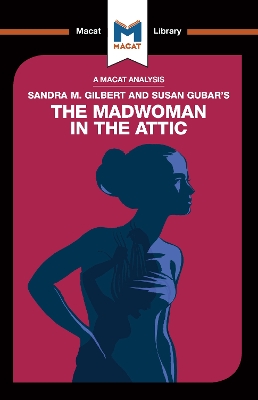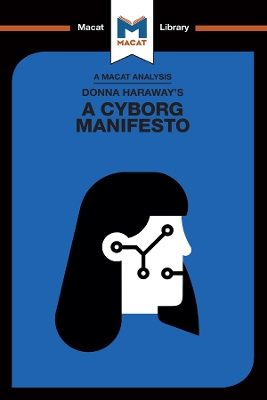The Macat Library
2 total works
An Analysis of Sandra M. Gilbert and Susan Gubar's The Madwoman in the Attic
by Rebecca Pohl
The 1979 publication of Susan Gubar and Sandra M. Gilbert's ground-breaking study The Madwoman in the Attic marked a founding moment in feminist literary history as much as feminist literary theory. In their extensive study of nineteenth-century women's writing, Gubar and Gilbert offer radical re-readings of Jane Austen, the Brontes, Emily Dickinson, George Eliot and Mary Shelley tracing a distinctive female literary tradition and female literary aesthetic. Gubar and Gilbert raise questions about canonisation that continue to resonate today, and model the revolutionary importance of re-reading influential texts that may seem all too familiar
Haraway’s ‘A Cyborg Manifesto’ is a key postmodern text and is widely taught in many disciplines as one of the first texts to embrace technology from a leftist and feminist perspective using the metaphor of the cyborg to champion socialist, postmodern, and anti-identitarian politics. Until Haraway’s work, few feminists had turned to theorizing science and technology and thus her work quite literally changed the terms of the debate. This article continues to be seen as hugely influential in the field of feminism, particularly postmodern, materialist, and scientific strands. It is also a precursor to cyberfeminism and posthumanism and perhaps anticipates the development of digital humanities.

